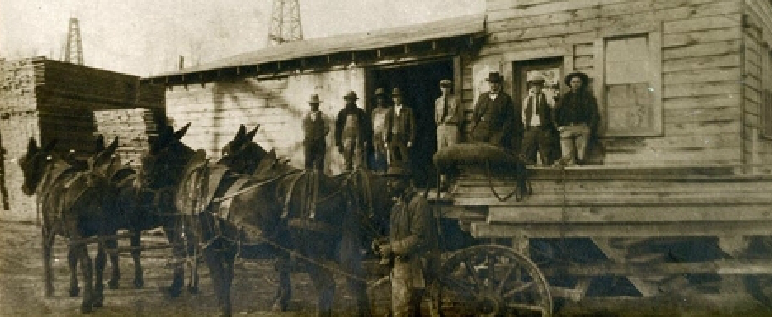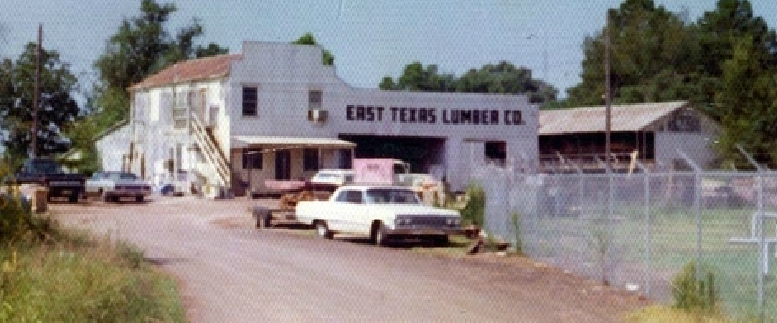
Early lumber shipped from East Texas. Dr. James Conrad and Dr. Thad Sitton wrote
Nameless Towns: Texas Sawmill Communities, 1880-1942. It is an excellent piece about the lumber business in East Texas. (Photo from easttexaslumber.com/history)
I’ve been working on a paper set in Jack County immediately after the Civil War. I found a wonderful article in Texas Tears and Texas Sunshine: Voices of Frontier Women edited by Jo Ella Powell Exley. Each article told the story of a brave woman in early Texas from 1821 to 1905. The one I read, took notes from, and will use in my paper was “Fannie Davis Veale Beck” whose family settled at the edge of the Western Cross Timbers of Palo Pinto County, not far from my subject along the Western Cross Timbers in Jack County.
Fannie wrote a detailed description of their homes built of logs laid close together so an arrow could not penetrate them. Stables were built exactly like homes with heavy padlocks to lock the horses in every night. For after all, a horse was the Native American male’s greatest prize.
Now where did the early settlers get those logs? I’m sure you know they hewed the big oak trees of the Cross Timbers to build sturdy, safe homes. The homes had heavy wooden shutters for doors and windows that could be opened during the day for light and air but were shut and tightly locked down at sundown.
Later I read about the first houses made of boards. Not rough timbers, but smooth lumber cut and sanded at a lumberyard. But there were no such places west of Fort Worth to purchase such goods. So a wealthy man ordered all his needed supplies, including nails, boards and ornate trim lumber from Fort Worth. He sent his order along with instructions for freight wagons to bring everything to his home site. Poorer farmers continued to live in log cabins.
With the arrival of railroads came lumberyards. Almost everything a carpenter needed could be purchased there. They served cities, towns, and small communities for over a century. If the lumberyard didn’t have what the carpenter needed, he sent to Fort Worth and it came on the train. Very handy for small town users. But in that century there were several snags to the lumber business.
In 1917 lumber mills began making frames for warships. Yet, the war ended before all the warships were completed. So what do you do with something that has no significant use? You move on, but not with as much vigor as before. Slowly prices crept up, sales fell, and suddenly the population emerged in a full blown economic depression. By the time the depression leveled out, World War II changed the whole world. All lumber and building materials were routed to the war effort.
The lumber industry resumed in the 1950s with a boom. Housing construction surged. It followed the economic patterns of the nation, but never as difficult as in the 30s and 40s.
So what slowed down and finally put a cap on local lumberyards? The same issue that caused Mom and Pop stores to begin to fail, that extinguished home owned neighborhood groceries, and put many viable businesses in financial straits. Big Box stores appeared on the horizon. Yes, big box stores took over, because of their numerous local stores and financial arrangements that lowered consumer prices. But, you know, I still fondly remember going into the lumberyard with my dad.

